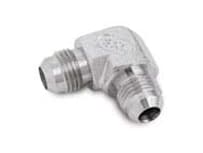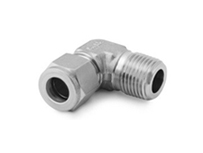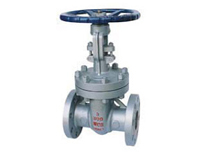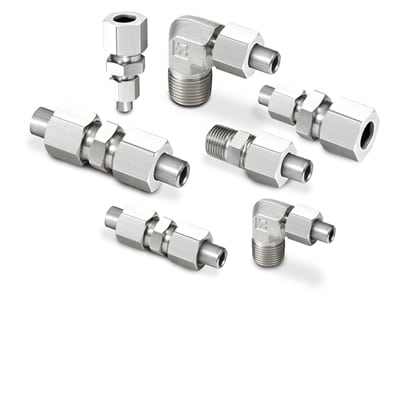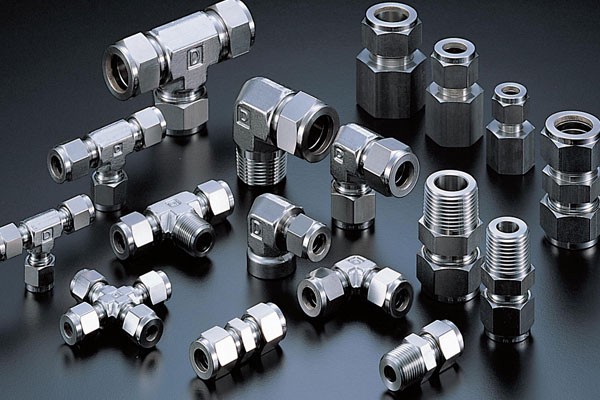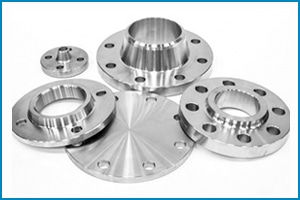Bulkhead elbows made of stainless steel 304 are a type of pipe fitting used in fluid and plumbing systems. It is especially made to provide a 90-degree direction change while allowing fluid to pass through a bulkhead or wall.
Material: It is made from stainless steel 304, which is a corrosion-resistant and durable grade of stainless steel commonly used in various industries.
Design: The bulkhead elbow has a 90-degree angle, allowing pipes or tubing to change direction vertically or horizontally while passing through a wall or bulkhead. It is typically threaded on one end and features a compression fitting or a nut and ferrule on the other end for secure installation.
Size and Dimensions: Stainless steel 304l bulkhead elbows are available in different sizes, typically measured in nominal pipe sizes (NPS) or outer diameter (OD). Common sizes range from 1/8″ to 2″ NPS or corresponding OD dimensions.
Connection Types: The threaded end of the bulkhead elbow is designed to connect with other threaded pipes or fittings, while the opposite end can have various connection types, such as compression, barbed, or push-to-connect fittings, depending on the specific application.
Applications: Bulkhead elbows find application in plumbing, fluid transfer systems, hydraulic systems, and other industries where a change in direction through a wall or bulkhead is required. They are commonly used in tanks, vessels, equipment enclosures, and panels.
Advantages of Stainless Steel 304: Stainless steel 304 offers excellent corrosion resistance, high temperature resistance, and good mechanical properties, making it suitable for a wide range of applications. It is also relatively easy to clean and maintain.
When using stainless steel fittings, it’s essential to ensure compatibility with the specific fluids, pressures, and temperatures involved in the application. Proper installation techniques and sealants may be necessary to achieve a leak-free and reliable connection.
It’s always recommended to consult with a professional or refer to industry standards and guidelines when selecting and installing pipe fittings to ensure they meet the requirements of your specific application.
Types of Stainless steel 304 & 304l Bulkhead Elbow
UNS S30400 Bulkhead Elbow NPT Thread
DIN 1.4301 Bulkhead Elbow
DIN 1.4306 / 1.4307 Bulkhead Elbow
SS 304 / 304l Hydraulic Bulkhead Elbow
SS 304 1/2″ Bulkhead Elbow
304l Ferrule Bulkhead Elbow
UNS S30400 Bulkhead Elbow
UNS S30403 Bulkhead Elbow


